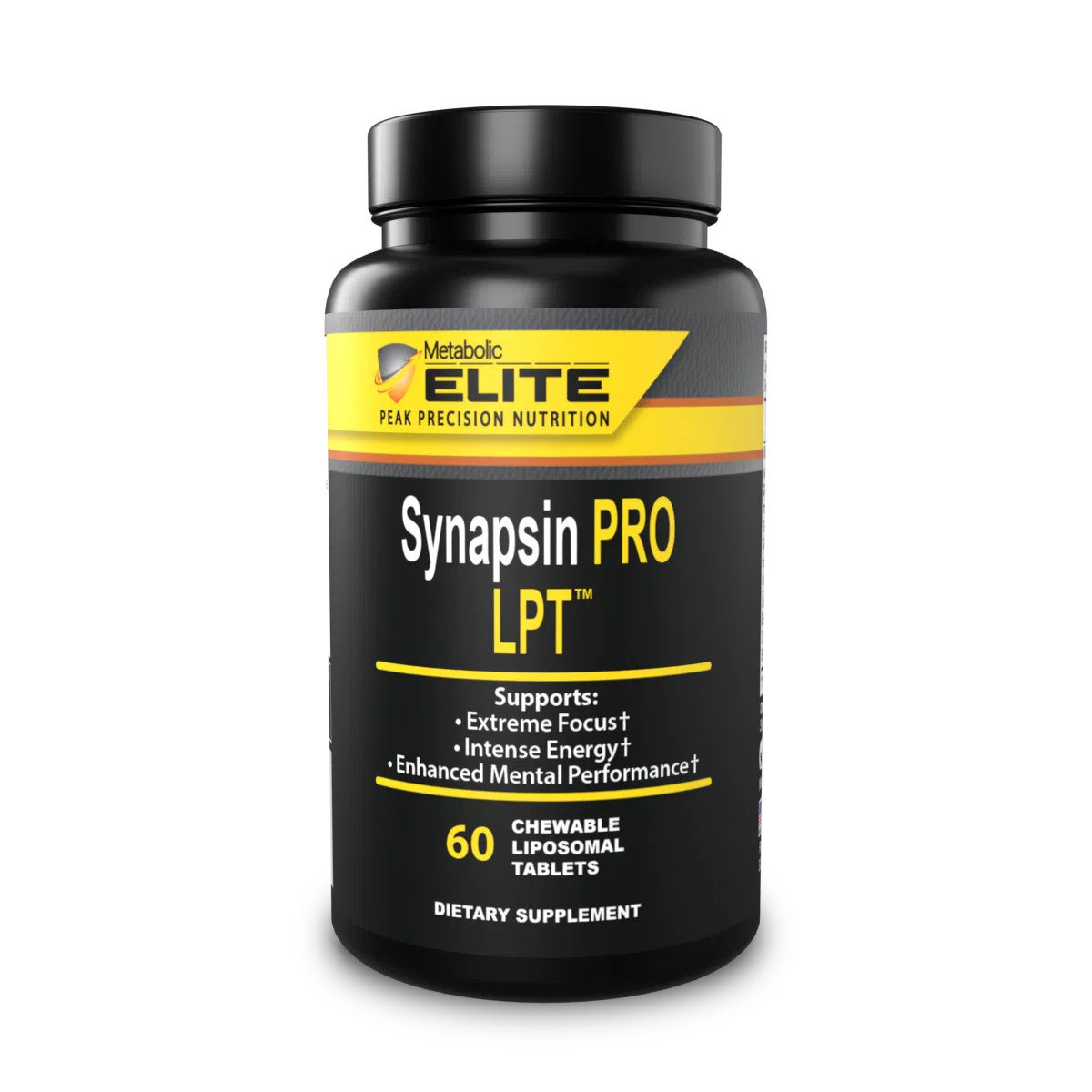As a reminder, check out my new hockey training website to pick up my Off-Ice Performance Training Course for only $47!
I should have an update for you soon on my OTHER new hockey training site too, so check back for that.
While I was in grad school at UMass Amherst, a lot of my research/reading focused on exercise neuroscience. While some of that can be really technical (and boring), I was able to pick up a lot of usable information about how to manipulate our nervous system to improve performance.
One simple way to manipulate the nervous system in every workout is by changing the speed at which you perform your lifts.
In general, the eccentric or negative phase of the lift should always be under control, meaning it shouldn’t be a dangerous free-fall. I’ll actually write in time lengths for this part of the lift in many of my programs. For example, I may write in 5s negatives for a dumbbell chest press. In this case, the lifter would lower the dumbbells down toward his/her chest in 5 seconds before lifting them back to the top.
Without exception, the concentric or “up”phase of EVERY lift should be performed as rapidly as possible…Always! Even if the weight is near your max, you want to think about moving it as quickly as possible.
One of the things I learned while sifting through all that research is that the intention to move fast has similar effects on muscle recruitment as actually moving fast.
So by simply thinking about lifting the weight as quickly as possible, you can reduce the recruitment threshold of your motor units (which drives muscle contraction), which basically increases muscular tension and “driving power”.
Down under control. Up fast.
-Kevin Neeld


 Use CODE: "Neeld15" to save 15%
Use CODE: "Neeld15" to save 15%